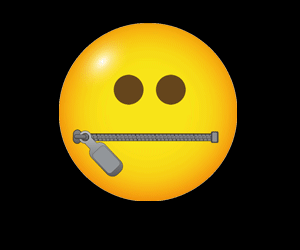Yesterday, Professor Neil Ferguson told the Science and Technology Select Committee in the House of Commons that if the Government had locked down a week earlier, the death toll would be less than half what it is now. The epidemic was doubling every three to four days before lockdown interventions were introduced.So, had we introduced lockdown measures a week earlier, we would have reduced the final death toll by at least a half. But where's the evidence that the number of people becoming infected was "doubling every three to four days" in the week running up to lockdown? Numerous analyses – the latest by Simon Wood, a Professor at Bristol University, entitled "Did COVID-19 infections decline before UK lockdown?" – suggest the R number was <1 before the lockdown was imposed. Here's one of Professor Wood's graphs, showing the daily infection rate in the lead up to and immediately after lockdown (the red line). Inferred daily infection rate for England and Wales. Light grey and dark grey regions show 95% and 68% confidence regions, respectively. You can read more about Professor Wood's paper in this blog post by Fraser Nelson. The same conclusion was reached by Carl Heneghan, Professor of Evidence-Based Medicine at Oxford, who has long maintained that infections peaked shortly after the Government introduced a raft of social ...






